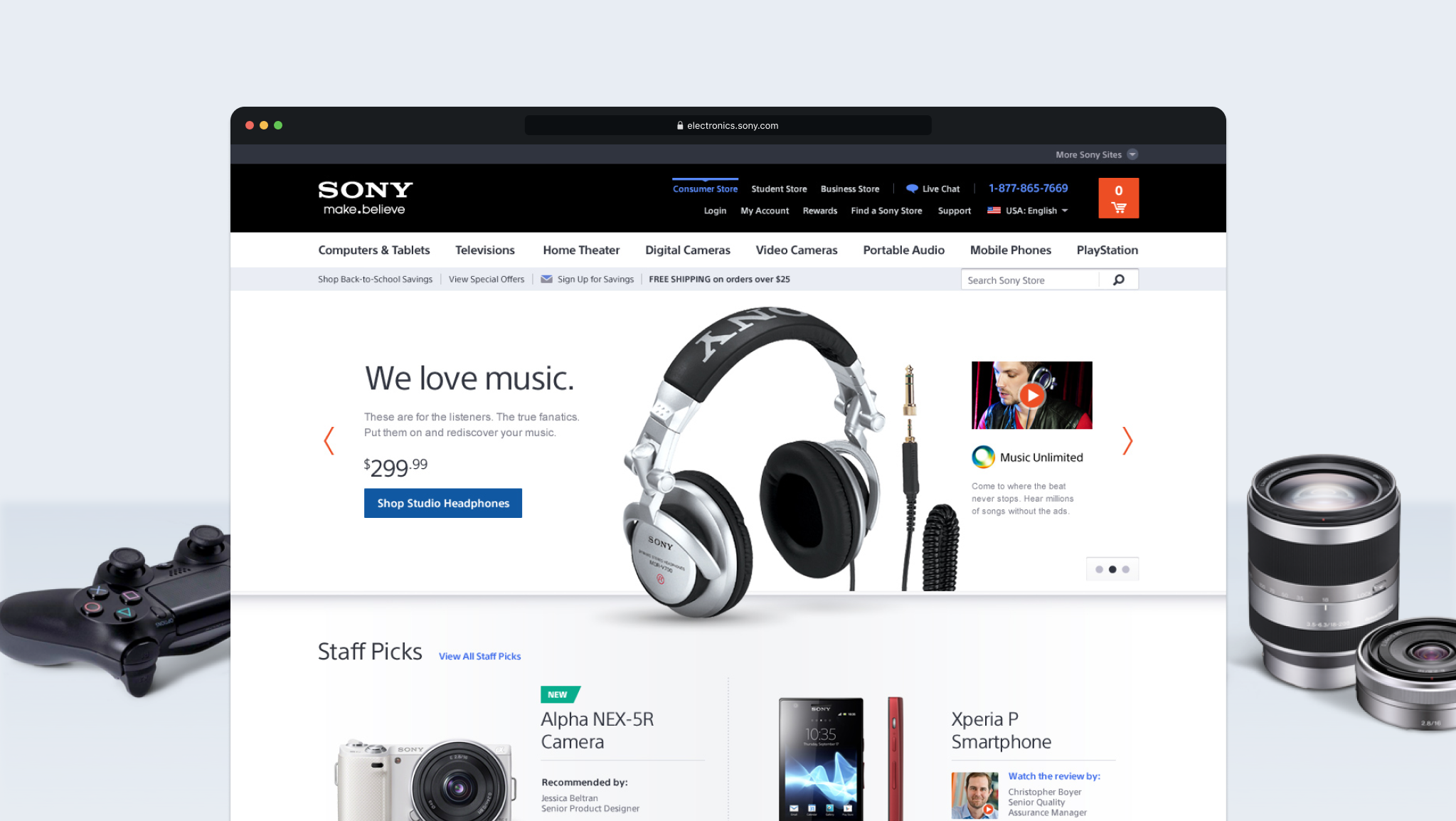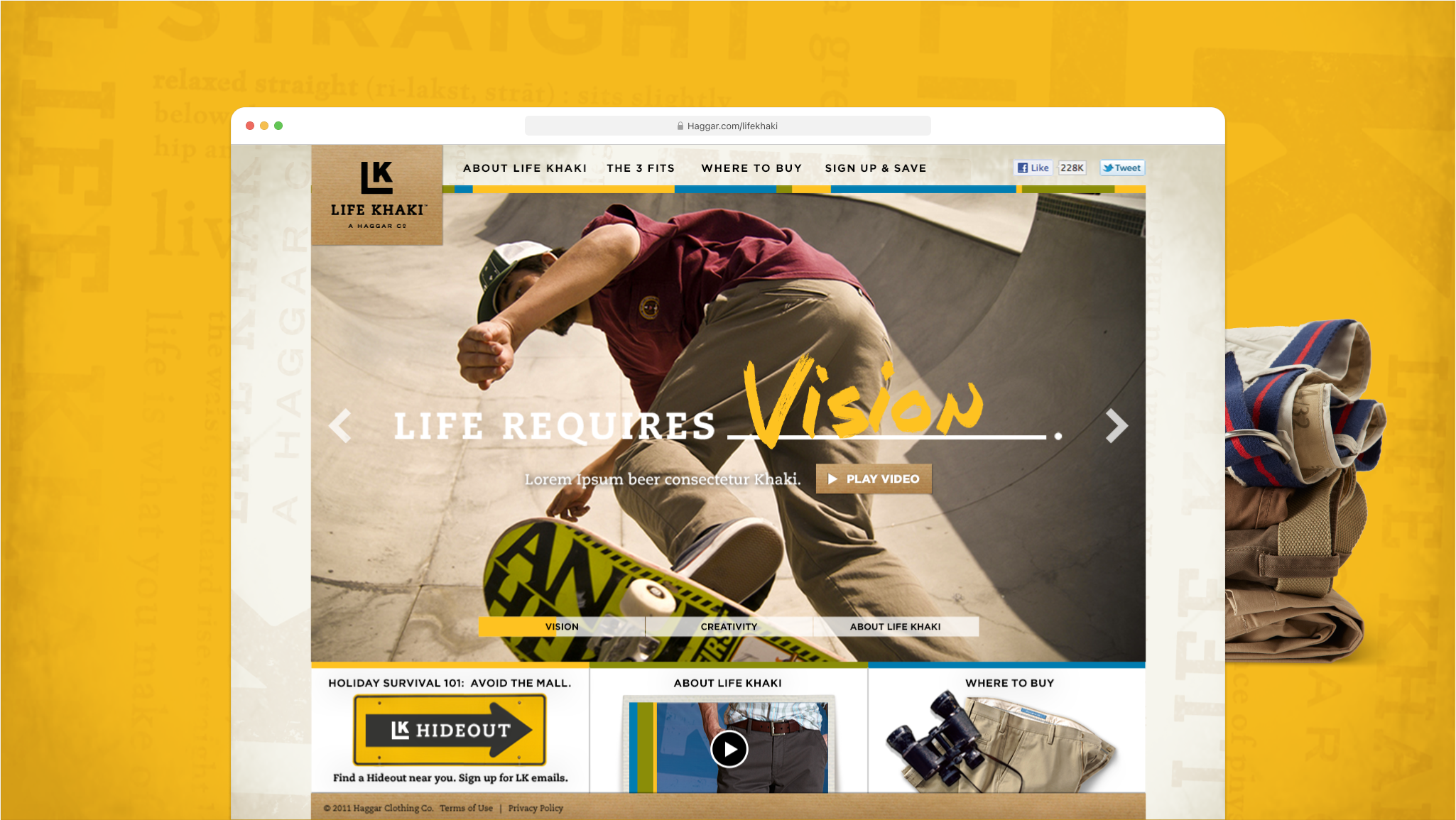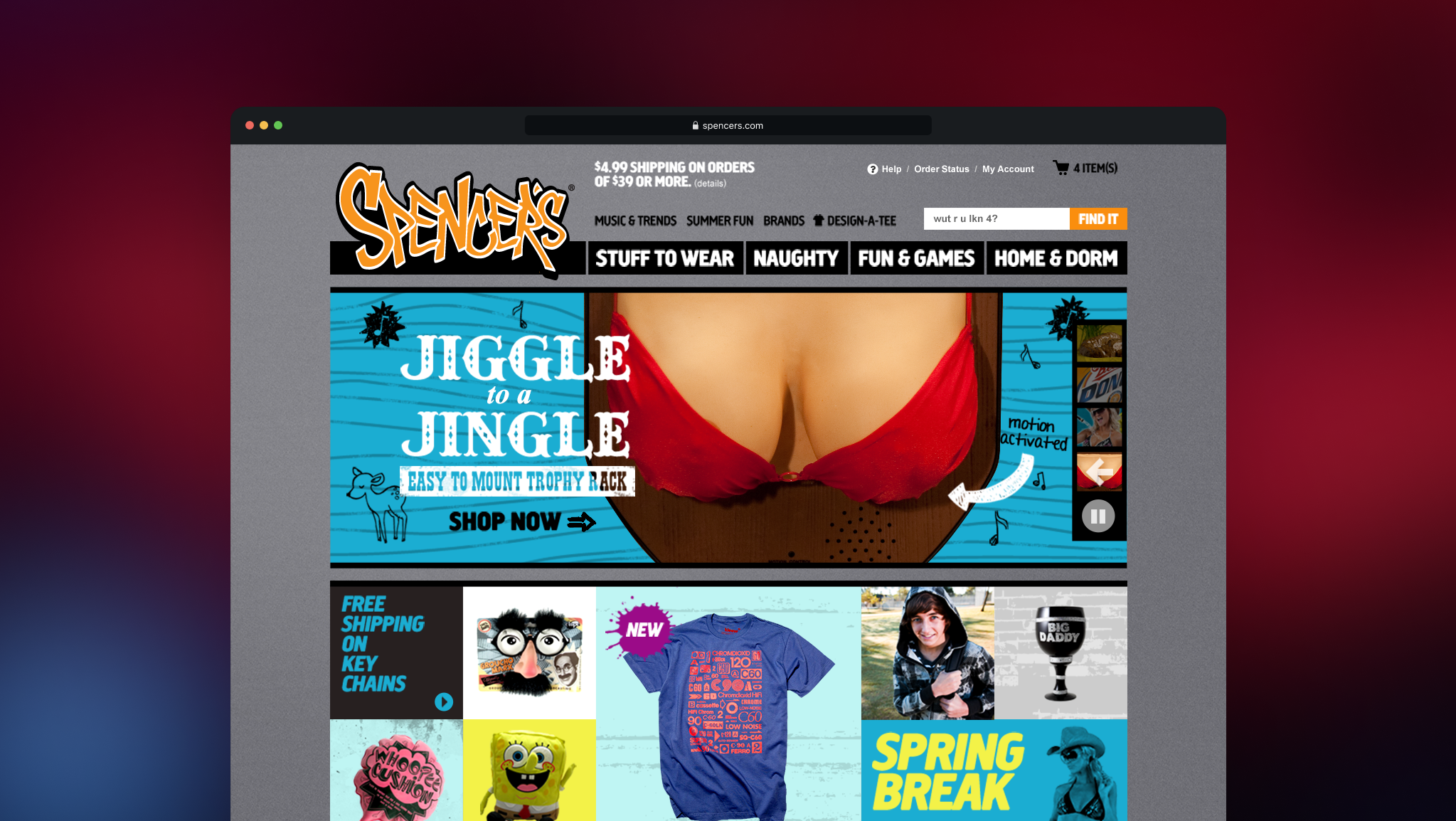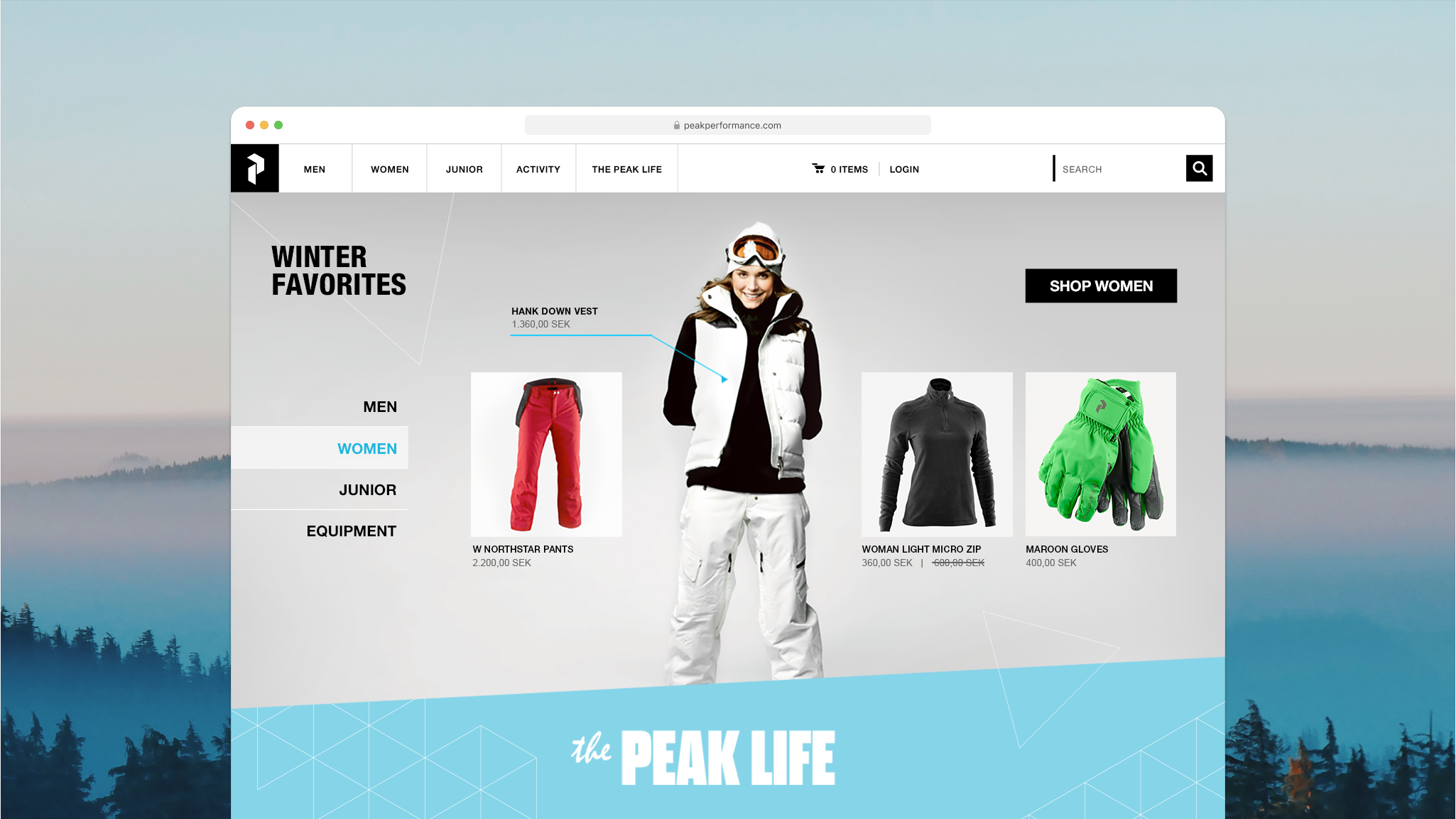TripSource® is BCD Travel’s flagship mobile app designed to make corporate travel simpler, safer, and more connected. The app helps business travelers book hotels, track itineraries, receive real-time alerts, and stay compliant with company travel policies. While the app itself provided robust features, BCD needed a way to communicate its value proposition clearly to travelers and decision-makers—before they even downloaded it.
That’s where the TripSource marketing and promotions website came in. Our team was tasked with creating a digital experience that explained not just what the app did, but why it mattered across the entire travel journey—before a trip, during travel, and after returning home.
That’s where the TripSource marketing and promotions website came in. Our team was tasked with creating a digital experience that explained not just what the app did, but why it mattered across the entire travel journey—before a trip, during travel, and after returning home.
The Challenge
The app had been launched, but adoption was uneven across regions and markets. The marketing site needed to create a compelling story that showed how the app could support them in practical ways, while also reassuring companies that policy adherence and duty of care would be strengthened. The challenge was to design a digital presence that did not simply describe features, but instead walked a traveler through a narrative of what their next trip could feel like with TripSource at their side.
My Role
I worked as part of the design team responsible for shaping this narrative into a persuasive and visually engaging marketing site. My contribution focused on visual storytelling around the traveler’s journey, and creating a visual system that was both modern and trustworthy. I collaborated closely with BCD’s marketing strategists to ensure that the design addressed not only the traveler’s pain points but also the organization’s need to promote compliance, efficiency, and savings.
Approach
We began by mapping the travel experience into three stages: planning before departure, navigating while on the road, and closing out the trip upon return. This journey-based framework became the backbone of the site’s narrative. Each stage highlighted the ways TripSource could provide value at just the right moment–whether storing travel preferences and loyalty numbers during planning, delivering risk alerts and gate-change notifications mid-trip, or helping travelers submit receipts and view upcoming itineraries once back at their desks.
The site had to feel global but personal, capable of addressing different traveler behaviors while still delivering a consistent message: TripSource supports you at every step of the journey.
Design Decisions
Every design decision was anchored to the idea of narrative rather than isolated feature promotion. Instead of presenting a static list of capabilities, we placed each feature in its natural context. Flight delay alerts appeared within the story of a traveler rushing to a connection. Expense submission tools were framed as the final, satisfying step of wrapping up a trip. Visual storyboards and animations made these scenarios come to life, giving travelers a sense that the site was reflecting their own experiences.
We designed the content structure to highlight action-oriented entry points woven directly into the narrative. The site came to life through parallax animation and fluid transitions that mirrored the ease of worry-free travel. By integrating these interactive prompts into the story itself, we created a more natural and engaging path that guided users seamlessly from curiosity to adoption. The entire prototype was created with the InVision's Stupid application for a seamless development hand-off that provided the team with plenty of code for production.
Outcome
The final marketing site gave BCD Travel a powerful narrative vehicle to promote TripSource at scale. By walking visitors through a clear story of how the app supported them before, during, and after their trips, the site framed TripSource as more than just a utility. It was positioned as a trusted companion that could simplify travel, save time and money, and increase safety. In parallel with outreach campaigns like those run at Ingersoll Rand—which saw an 88% increase in registrations and a measurable boost in hotel savings—the marketing site provided a scalable, always-on way to reinforce the app’s value proposition globally.
The result was stronger app awareness, improved adoption support, and a digital presence that aligned perfectly with BCD’s brand promise of making business travel work better. The marketing site not only explained the product, it helped transform perceptions, showing travelers what a managed travel experience could feel like when guided by TripSource.
Reflection
What this project reinforced for me was the role of narrative in marketing design. A product’s features are important, but they become meaningful only when placed in the context of the user’s lived experience. By framing TripSource around the actual journey of a traveler, we created a story that was both relatable and persuasive. For me, the lesson was that the best marketing sites don’t just inform—they invite users to imagine themselves inside a better version of their own story.








